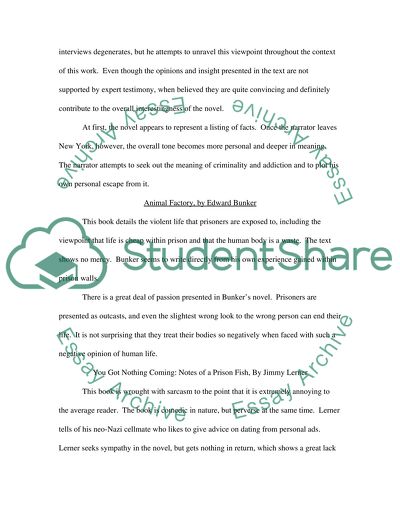Cite this document
(“Human Body Book Report/Review Example | Topics and Well Written Essays - 2000 words”, n.d.)
Retrieved from https://studentshare.org/sociology/1506873-human-body
Retrieved from https://studentshare.org/sociology/1506873-human-body
(Human Body Book Report/Review Example | Topics and Well Written Essays - 2000 Words)
https://studentshare.org/sociology/1506873-human-body.
https://studentshare.org/sociology/1506873-human-body.
“Human Body Book Report/Review Example | Topics and Well Written Essays - 2000 Words”, n.d. https://studentshare.org/sociology/1506873-human-body.


